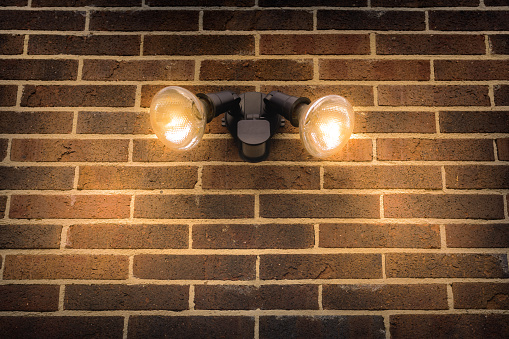Introduction:
BEG motion sensors are one of the most popular sensors in the market due to their accuracy, reliability, and energy efficiency. They are commonly used in commercial buildings, homes, and public spaces for security and automation purposes. In this article, we will discuss the various types of BEG motion sensor, their applications, and how they work.
BEG motion sensors are becoming increasingly popular in the world of smart lighting control. These sensors allow you to automate your lighting based on motion detection, providing convenience, security, and energy savings. In this article, we will take a closer look at BEG motion sensors, their features, advantages, and applications.
What is BEG Motion Sensor?
BEG motion sensor is a device that detects motion or movement of objects in its field of view. It is a type of sensor that uses passive infrared (PIR) technology to detect heat signatures from moving objects.
A BEG motion sensor is a type of occupancy sensor that uses infrared technology to detect movement in a room. When the sensor detects motion, it sends a signal to the lighting control system, which can turn on the lights or adjust their intensity.
Applications of BEG Motion Sensors:
BEG motion sensors have many applications in various industries. Here are some of the most common applications of BEG motion sensors.
Security Systems: BEG motion sensors are commonly used in security systems to detect intruders and trigger alarms. They can detect motion even in low-light conditions, making them perfect for use in night security systems.
Lighting Automation: BEG motion sensors can be used in lighting automation systems to turn lights on and off automatically. This feature is useful in areas where there is low traffic, such as stairwells and restrooms.
HVAC Control Systems: BEG motion sensors can be used in HVAC control systems to detect the presence of people in a room or space. This feature is useful in reducing energy consumption by turning off HVAC systems when there is no one in the room.
BEG offers a wide range of sensors for different applications, including lighting control, building automation, and energy management.
Some of the types of BEG sensors are:
Passive infrared (PIR) motion sensors: PIR sensors are the most common type of motion sensors used for lighting control. They detect infrared radiation emitted by the human body and trigger the lighting control system accordingly.
Ultrasonic motion sensors: Ultrasonic sensors use sound waves to detect motion in a room. They emit high-frequency sound waves and measure the reflection of these waves to detect movement.
Dual-technology motion sensors: Dual-technology sensors combine PIR and ultrasonic technologies to improve accuracy and reduce false alarms. They require both technologies to trigger the lighting control system, which makes them more reliable.
Microwave sensors: Microwave sensors use electromagnetic waves to detect motion in a room. They are more sensitive than PIR sensors and can detect movement through walls and other obstacles.
Daylight sensors: Daylight sensors measure the amount of natural light in a room and adjust the artificial lighting accordingly. They help to save energy by reducing the lighting output when natural light is sufficient.
Temperature sensors: Temperature sensors measure the temperature in a room and adjust the HVAC system accordingly. They help to maintain a comfortable temperature and reduce energy consumption.
CO2 sensors: CO2 sensors measure the level of carbon dioxide in a room and adjust the ventilation system accordingly. They help to maintain good indoor air quality and reduce energy consumption.
Each type of BEG sensor has its own advantages and applications. Choosing the right sensor for a specific application requires considering factors such as the size of the room, the type of lighting fixture, the desired level of automation, and the budget.
How Do BEG Motion Sensors Work?
BEG motion sensors work by detecting changes in heat signatures from moving objects. They have a pyroelectric sensor that detects infrared radiation emitted by objects in its field of view. When an object moves in front of the sensor, the temperature of the object changes, and the sensor detects the change in temperature. This change is then converted into an electrical signal that triggers an alarm or automation system.
Advantages of BEG Motion Sensors:
BEG motion sensors have many advantages over other types of sensors. Here are some of the advantages of BEG motion sensors.
High Accuracy: BEG motion sensors are highly accurate and can detect even the slightest movement.
Energy Efficiency: BEG motion sensors consume very little energy and are ideal for use in energy-efficient buildings.
Convenience: BEG motion sensors allow you to automate your lighting, which can save time and effort. You don’t have to worry about turning the lights on or off manually, as the sensors will do it for you.
Cost-effective: BEG motion sensors are a cost-effective solution for smart lighting control, as they are easy to install and maintain, and can help to reduce energy costs over time.
Features of BEG Motion Sensors
BEG motion sensors come with a range of features that make them a smart lighting solution for different environments. Some of the key features of BEG motion sensors include:
Read More: Dell EMC PowerEdge R750 Servers DUBAI

